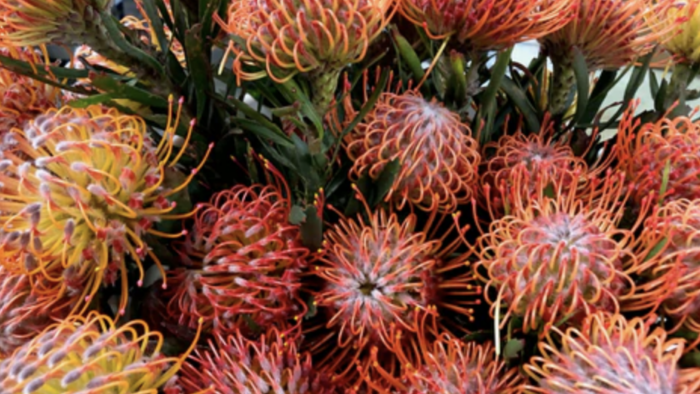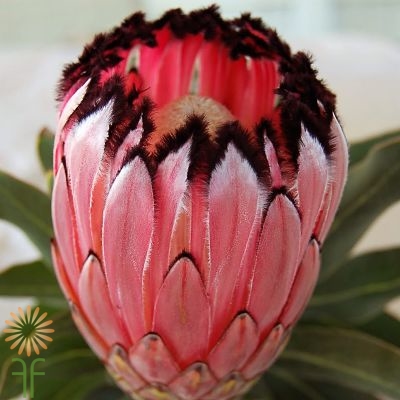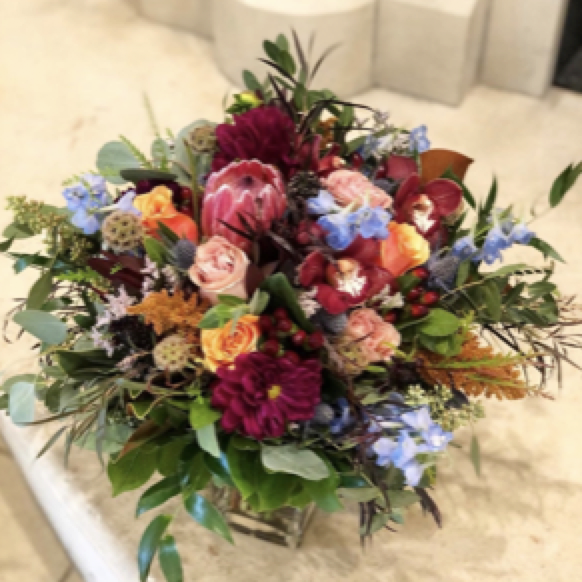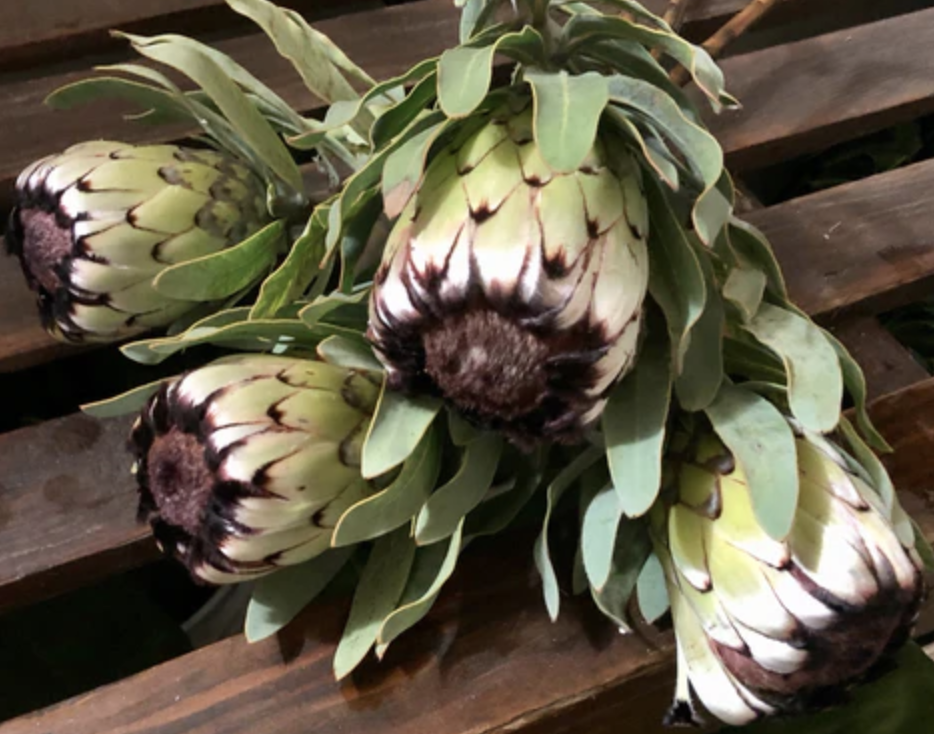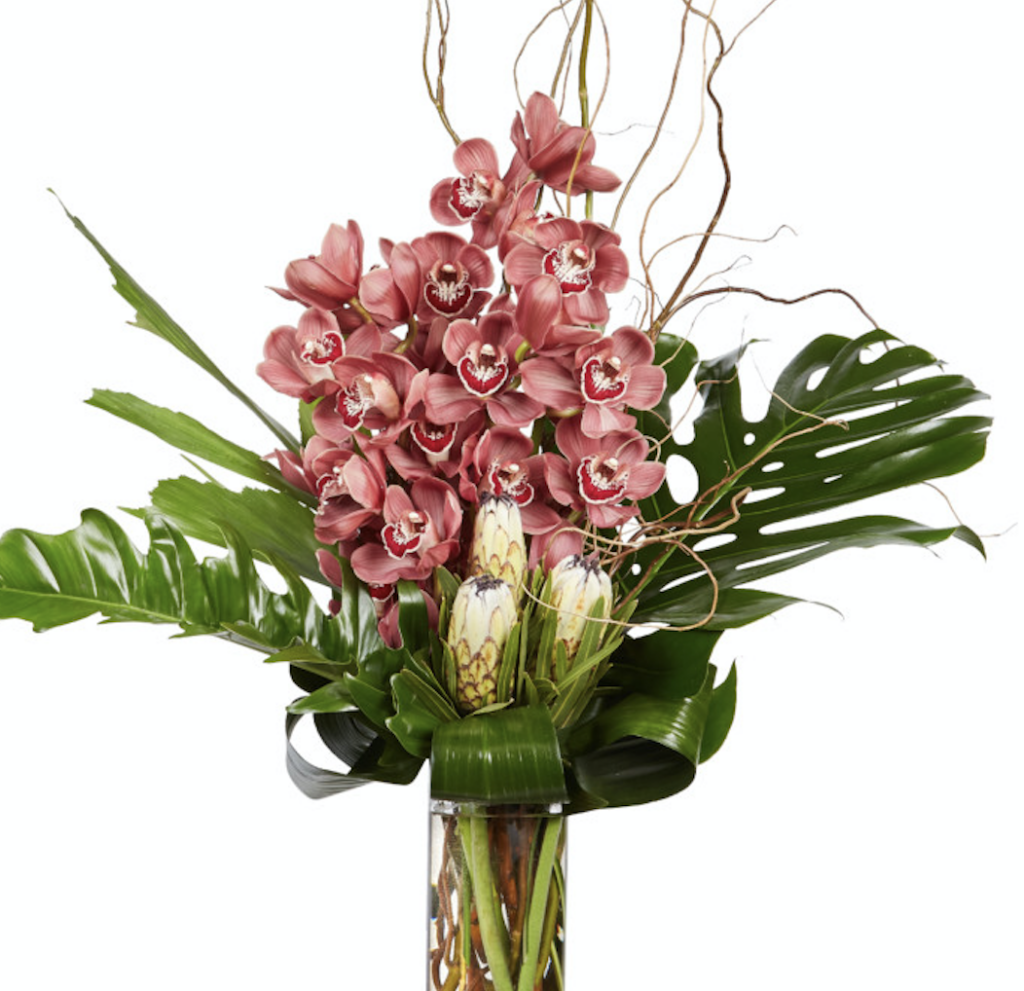The protea is one of the oldest species of flower, believed to date back 300 million years. Botanist Carl Linnaeus named the protea for the Greek god Proteus, known for his ability to change shape at will. Like its namesake, the protea comes in many different shapes and varieties. To date, horticulturists have identified around 1400 species.
The protea has many uniquely adapted qualities. It has a hearty stalk that extends deep underground, which is the plant’s defense mechanism against wildfires. The underground stems have dormant buds that will produce new growth after a fire. Since bush fires are a common occurrence in the plant’s native environment, it is well designed to survive and reproduce. Further, protea actually need fire, as it causes the flowers to release their seeds.
Protea are also known as sugarbushes, due to the large amount of nectar they produce. The nectar can be directly consumed or made into a syrup. The syrup is said to taste similar to maple syrup, with a fruity after-taste.
King Protea
The king protea, or giant protea, makes a stunning focal point in any floral arrangement. Resembling a crown, the king protea reigns as the largest of the protea species. It is the national flower of South Africa, where it grows naturally along the Cape of Good Hope. The bloom maintains its importance in the country, even appearing on official documents like passports and birth certificates, as well as their coins.
Growers in the southern United States have successfully cultivated the plant, which is great news for U.S. florists. Our friends at Maui Floral say cut king protea can last up to 16 days with proper care. They need a good-sized vase and plenty of water. Their life span can be extended by trimming the stems once a day and placing back into the water.




mink protea
Mink protea have a cup shaped flower head. Its bracts (colorful leaves that are often mistaken for petals), characteristically have a black fringe on the tips. It ranges in color from dark pink to creamy green or white.
pincushion protea
When you hear the word, “pincushion,” you might picture a bright red cloth tomato filled with some abrasive material to store pins and keep them sharp. While the Pincushion Protea may resemble this common sewing tool, its “pins” are actually individual petals. Upon first glance, it appears to be a single flower, but in fact, it is a composite bloom, made up of many small flowers and colourful bracts.



Lilium sources these blooms from Hawaii, and sometimes California, They are generally available in yellow, orange and red hues. Pincushion protea pair well with other tropical stems in floral arrangements. They make a striking addition to traditional arrangements as well.



Banksia
Another protea variety you’ll find in a Lilium arrangement is banksia. These tropical beauties are easily identified by their leaves, which feature a serrated edge. Banksia are commonly found in shades of yellow or green, but they may also produce striking red, pink and orange blooms.
The plant is named for Sir Joseph Banks, who in 1770 first collected specimens in Botany Bay on the Australian coast. Like its fellow protea species, banksia relies on fire to prompt a release of seeds. It is now cultivated in the U.S. in California and Hawaii.
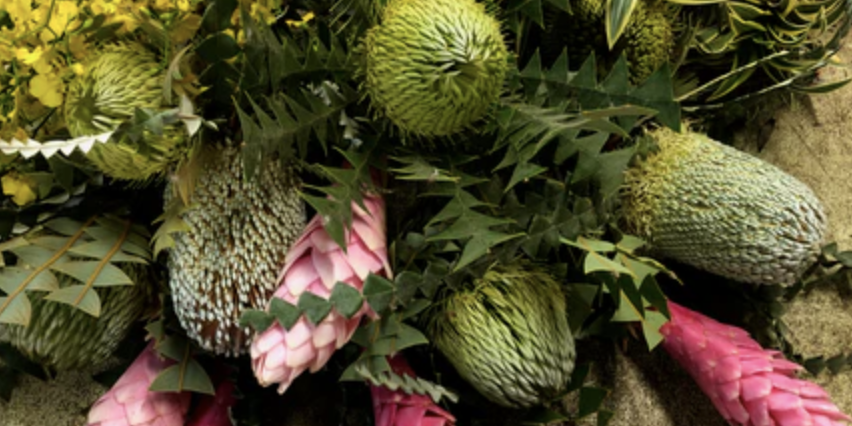
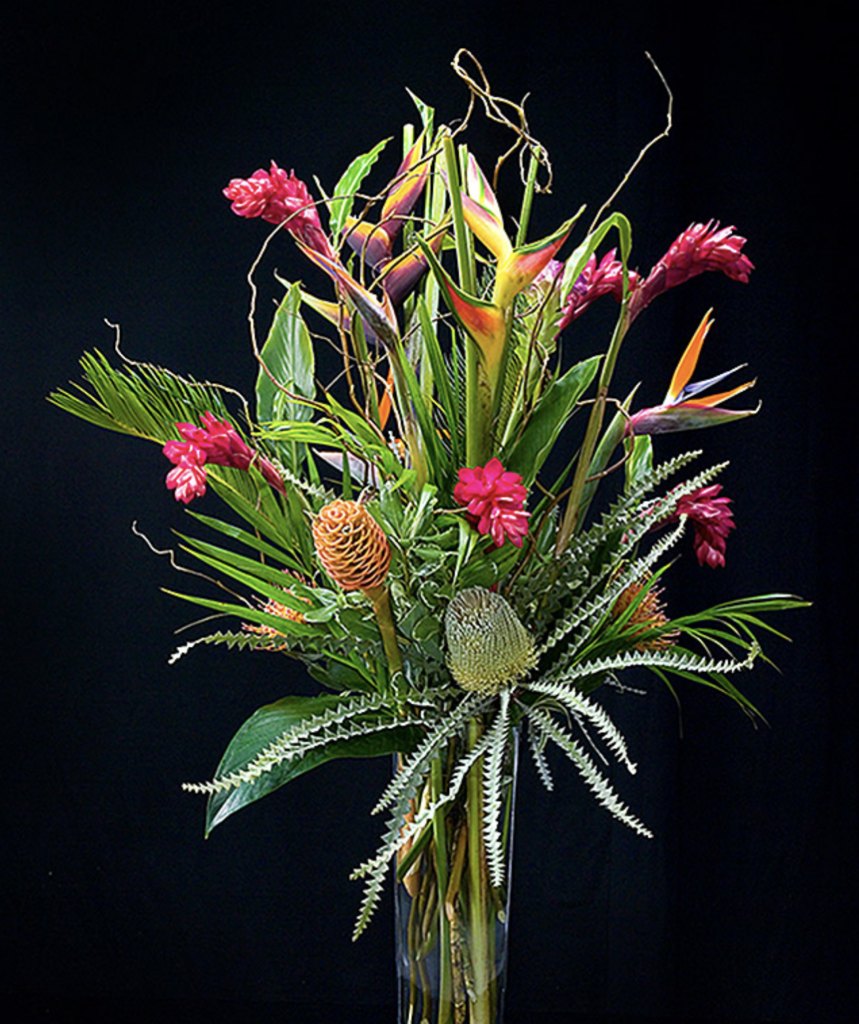

At Lilium, our tagline is “The Art of Flowers.” We source our fresh product from all over the world to offer our clients something unique, something they won’t find from other floral retailers. We are a custom shop, with an ever-changing inventory of fresh blooms and foliage. We love the unique qualities protea offer, and how they can be incorporated into beautiful artistic arrangements. Let us create living art for you today by calling 817-481-1565 or visiting us online at www.liliumflorals.com

